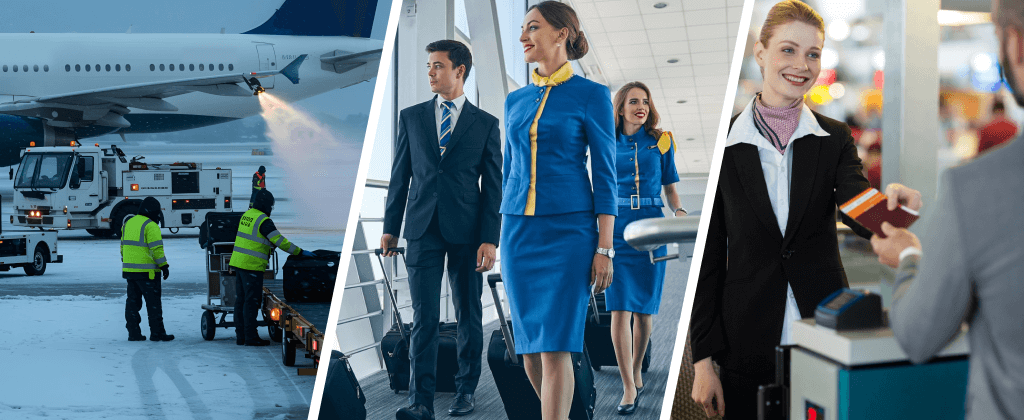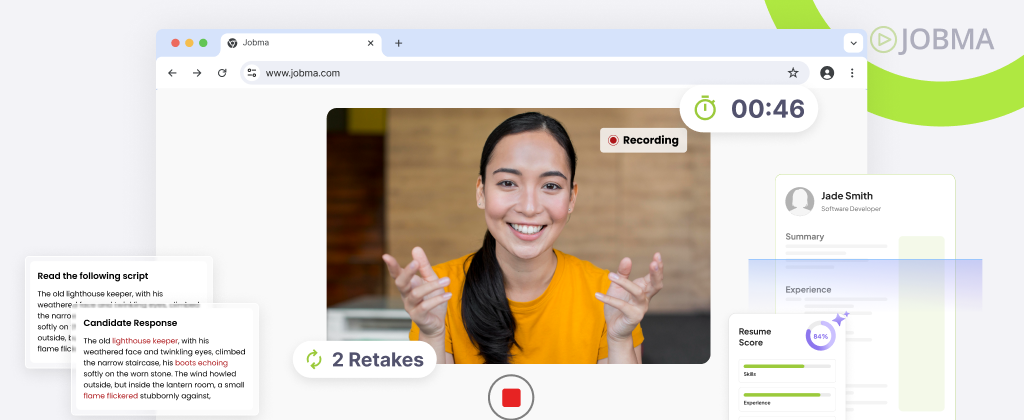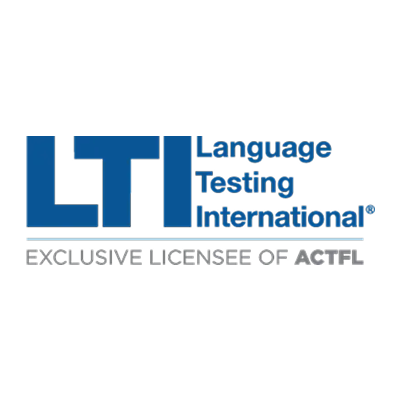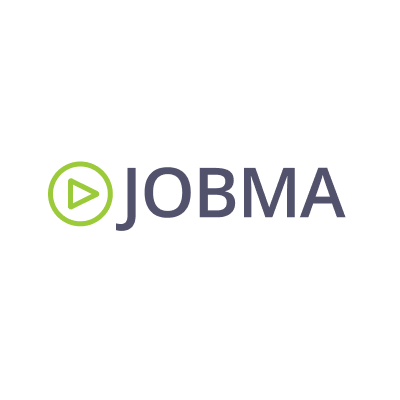Hiring for the Skies: Multi-lingual Recruitment in Aviation
The airline industry thrives on global connectivity. Crews do more than offer refreshments, they are crucial communicators. When passengers fly across borders, language skills become central to ensuring a smooth and safe journey. Sourcing bilingual candidates for international flights is more than a recruiting strategy – it’s a necessity.
Why Multi-lingual Candidates Matter on International Routes
Language skills on flights directly impact passenger safety, comfort, and satisfaction. Travelers on international flights often face anxiety due to language barriers, particularly when receiving important instructions about safety procedures, baggage handling, or connections. When passengers hear announcements or instructions in their native language, it reduces stress and enhances understanding.
English covers the basics. You’ll still catch Spanish and French crackling over the radio, and routes often require Mandarin, Arabic, Hindi, German, Portuguese, Japanese, or Russian as well. When you place crew members fluent in these key languages on board, they can connect smoothly with more passengers, paving the way for your airline to expand and flourish in the rapidly growing markets of Latin America, Africa, the Middle East, and Asia.
Roles Benefiting Most from Multilingual Skills
Certain roles within airlines greatly benefit from multilingual capabilities. Flight attendants, who regularly interact directly with passengers, significantly impact passenger comfort and safety when they can communicate effectively in various languages. When attendants quickly understand and respond to passenger concerns, such as assisting anxious travelers or clearly explaining safety procedures during turbulence or emergencies, it significantly improves service quality.
Ground staff at international hubs also require strong skills to streamline operations, such as baggage handling, boarding, and resolving passenger issues promptly. Multilingual ground staff directly improves airport efficiency, reducing confusion and enhancing the overall traveler experience.

Customer support teams located in regional offices also benefit from multilingual hires, providing post-flight assistance and problem resolution in passengers’ native languages, ensuring customer satisfaction even beyond the aircraft itself.
Considering that global air traffic is projected to approach 10 billion passengers per year by 2025, a forecast from the Airports Council International (ACI) World, which relies exclusively on monolingual teams, is no longer practical. You must actively source talent to sustainably manage this scale of operations.
Craft a Compelling EVP (Employee Value Proposition) around Language
When attracting candidates, clearly communicating the value you place on language skills sets your airline apart from competitors. Airlines that attach concrete language-specific stipends show that bilingual ability is more than a courtesy. These are extra pay or perks an airline gives to staff who can speak an additional language the company needs.
Many airlines also boost take-home pay with flat bonuses on select long-haul segments, monthly allowances for keeping certificates current, or priority bidding on desirable international pairings. Highlighting these perks in ads (e.g., “Seeking flight attendants fluent in Mandarin or French, base pay + language premium on every qualifying flight”) makes it clear that proven candidate language proficiency will be recognized and rewarded.
Prominent airlines already offer hourly stipends for the bilingual crew, typically around $2 per flight hour when using their second language onboard. This practice directly incentivizes capabilities, turning a language skill into a measurable, financial benefit that candidates find highly appealing.
Effective Strategies for Modern Candidate Sourcing
Sourcing airline staff successfully means accessing niche platforms specifically targeting multilingual candidates. Tagging your job postings with detailed phrases like “recruiting multilingual staff for global travel” also significantly improves the visibility of your postings to passive job seekers browsing these specialized platforms.

Additionally, AI-powered sourcing tools have become essential in modern recruitment practices. These advanced systems actively scan resumes, LinkedIn profiles, and online interactions to identify candidates whose language and aviation skills align with your job requirements.
For example, the software might identify candidates currently employed as flight attendants with verified language certificates like CEFR(Common European Framework of Reference for Languages) B2-level French, alerting you before these potential candidates even apply actively. This approach transforms recruitment from being merely reactive into proactive outreach, helping you secure high-demand talent early.
Candidate Screening with Language Tests
To ensure language proficiency meets operational requirements, you need to move beyond resume claims and implement structured language assessments. Candidates can be asked to perform practical tests such as making welcome announcements in a second language, interpreting emergency instructions clearly, or answering aviation-specific technical questions in their secondary language.
Delta Airlines, for instance, has introduced comprehensive 30-minute language assessments where candidates handle realistic, aviation-focused scenarios. Successful candidates receive certifications demonstrating their verified capabilities, significantly reducing risks associated with hiring inadequately qualified staff.
Leverage Asynchronous Video Interviews Effectively
Integrating asynchronous video interviewing into your recruitment process significantly enhances language verification. This technology allows candidates to record themselves performing job-related language tasks. For instance, a candidate applying for a Mandarin-speaking position might record a safety briefing or explain seatbelt usage clearly in Mandarin during their recorded video interviews.
The advantage here is clear: you can review these videos multiple times, assessing fluency, pronunciation, confidence, and clarity at your convenience. Additionally, these recordings provide documented proof of language competency, making your hiring process transparent and audit-ready.
AI-Enhanced Candidate Screening and Alignment
Artificial Intelligence further streamlines recruitment by automatically evaluating recorded interviews. Advanced AI software analyzes language fluency, pronunciation accuracy, use of correct aviation terminology, and clarity in communication. The software highlights top candidates based on these objective metrics, significantly speeding up and standardizing your recruitment process without compromising decision quality.
Implement Consistent Shortlisting and Selection Processes
Consider this practical scenario: An AI system flags a Spanish-speaking candidate for a flight attendant role due to their strong recorded language performance. The next step is scheduling a brief live video session. During this session, the candidate interacts in real-time with recruiters who speak English and native Spanish speakers who verify conversational fluency and accuracy. The candidate may also perform role-specific tasks, like making flight announcements or solving passenger issues during simulated emergencies.
This hands-on approach ensures you select candidates based not solely on certificates but on proven performance in realistic scenarios. The integration of AI and video interviewing enhances consistency, objectivity, and confidence in your hiring decisions.
Metrics for Tracking Bilingual Recruitment Success
To continuously improve your recruitment strategies, tracking relevant metrics is crucial. Essential performance indicators include comparing the average time-to-hire bilingual versus monolingual candidates, tracking the number of qualified candidates progressing from interviews to offers, and measuring passenger satisfaction ratings on routes staffed by bilingual crew members. Key metrics include:
- Average time-to-hire: A longer timeline for bilingual roles flags a shallow talent pool, slow screening steps, or unclear language-skill requirements.
- Interview-to-offer ratio: A high ratio (many interviews, few offers) pinpoints weak pre-screening: resumes look good, but true language proficiency or cultural fit is missing.
- The offer-acceptance rate: Lower acceptance suggests uncompetitive language premiums, relocation hurdles, or lengthy approval cycles, causing candidates to choose rivals.
- Onboard language-test pass rate: Tracks how many new hires meet the required proficiency benchmark, revealing gaps in assessment rigor or training needs.
- Passenger satisfaction scores on language-matched routes: A dip here can highlight mismatches between scheduled “speaker” crew and the dominant passenger languages.
- Repeat-booking rate: Rising repeat bookings signal that multilingual service is driving loyalty; a flat line means language coverage alone isn’t enough, look at wider service factors.
These metrics demonstrate the clear ROI of investing in talent, allowing for informed strategic adjustments in your recruitment process and further strengthening your airline’s competitive positioning.

Top Platforms to Source Bilingual Airline Candidates
Hiring staff for international airline roles requires tools that go beyond traditional job boards. Below is a categorized list of platforms designed to help you source screens and candidates, each with key features and actionable pro tips.
1. Language-Specific Job Boards
These platforms are ideal for posting jobs that require multilingual capabilities.
a. Multilingual Vacancies

Key Features:
- Well-known across Europe and ideal for cabin crew or customer support roles.
- Job board dedicated to roles requiring language skills.
- Attracts candidates fluent in languages like German, Mandarin, Spanish, and more.
Pro Tip:
Use specific job titles like “Bilingual Flight Attendant – French/English” to improve visibility and attract the right talent.
2. Language Testing & Certification Platforms
Perfect for verifying that candidates truly have the language fluency they claim on their resume.
a. Language Testing

Key Features:
- Provides ACTFL-aligned tests for spoken and written fluency.
- Suitable for pre-screening candidates before final interviews.
Pro Tip:
Ask shortlisted candidates to take a short aviation-focused language test, like giving a safety demo in their second language, to add an extra layer of validation.
b. Global-LT

Key Features:
- Offers both language testing and cultural competency training.
- Great for hiring and upskilling staff, especially for various international routes.
Pro Tip:
Consider this as both a hiring and training partner, and use it to continuously develop your talent pool.
3. Video Interviewing Platforms
Ideal for assessing a candidate’s real-time language fluency, pronunciation, and ability to handle real-life airline scenarios.
a. Jobma

Key Features:
- Allows structured asynchronous video interviews with support for transcriptions in 63 languages.
- Provides job-specific video tasks, for instance, asking a candidate to greet passengers in Spanish or explain turbulence procedures in French, so you can see how they’d communicate on the job.
Pro Tip:
Save and compare videos across candidates to make consistent, objective hiring decisions, especially for customer-facing roles like flight attendants.
4. Applicant Tracking Systems with Multilingual Filters
Use these ATS platforms to manage your pipeline and identify candidates at scale.
a. SmartRecruiters

Key Features:
- Custom tagging and filtering based on candidate language skills.
- Integrates with job boards and assessment tools like Languagetesting.com.
- Offers AI-matching and candidate rediscovery tools that help identify talent in your existing pipeline.
Pro Tip:
Use SmartRecruiters’ customizable application forms to include a mandatory “language proficiency” field. It speeds up shortlisting for language-based roles.
b. iCIMS

Key Features:
- Customizable candidate profiles with language tags.
- Easy integration with assessment tools and video interviewing platforms.
Pro Tip:
Tag candidates with language levels (e.g., “Fluent Portuguese”) and use filters to quickly shortlist relevant profiles for international routes.
Delta’s Multilingual Hiring Initiatives
Delta Airlines has notably pioneered comprehensive recruitment initiatives, clearly emphasizing capabilities in job ads and offering tangible benefits like language stipends. Their recruitment centers, like the one in Salt Lake City, include dedicated language testing facilities, realistic flight simulators for practice scenarios, and specialized cultural training tailored to specific international markets. Such robust initiatives vividly demonstrate Delta’s serious commitment to bilingual talent, attracting high-quality applicants who value such investments.
Conclusion: The Multilingual Recruiting Advantage
Investing strategically in sourcing talent using advanced AI, structured language screening, and effective video interviewing processes creates a clear competitive advantage. It reduces operational risks, enhances passenger satisfaction, opens lucrative international routes, enables quicker hiring decisions, and ensures scalability without quality loss.
With thousands of flights daily, staffing is no longer optional, it’s integral. Airlines prioritizing bilingual recruitment not only enhance service quality and safety but strategically position themselves to thrive globally.

FAQs
Why is hiring bilingual candidates important for international flights?
They enable clear communication across guests, alleviate stress, support emergency instructions, and increase route competitiveness. Aviation peace of mind depends on voice clarity and comprehension.
What languages are most in demand for international flight attendants?
Beyond English, Spanish and French dominate. Other high-demand languages include Mandarin, Arabic, German, Portuguese, Russian, and Japanese.
What are the biggest challenges in sourcing bilingual airline staff?
Top hurdles include verifying actual fluency, differentiating between conversational vs aviation-level proficiency, coordinating global screening, and forecasting availability for multilingual roles without AI-sourced pipelines.
Can technology help streamline the bilingual hiring process?
Absolutely. AI sourcing scans resumes, and video interviews evaluate language and speech proficiency. With the right tools, recruitment becomes faster, more accurate, and scalable.



